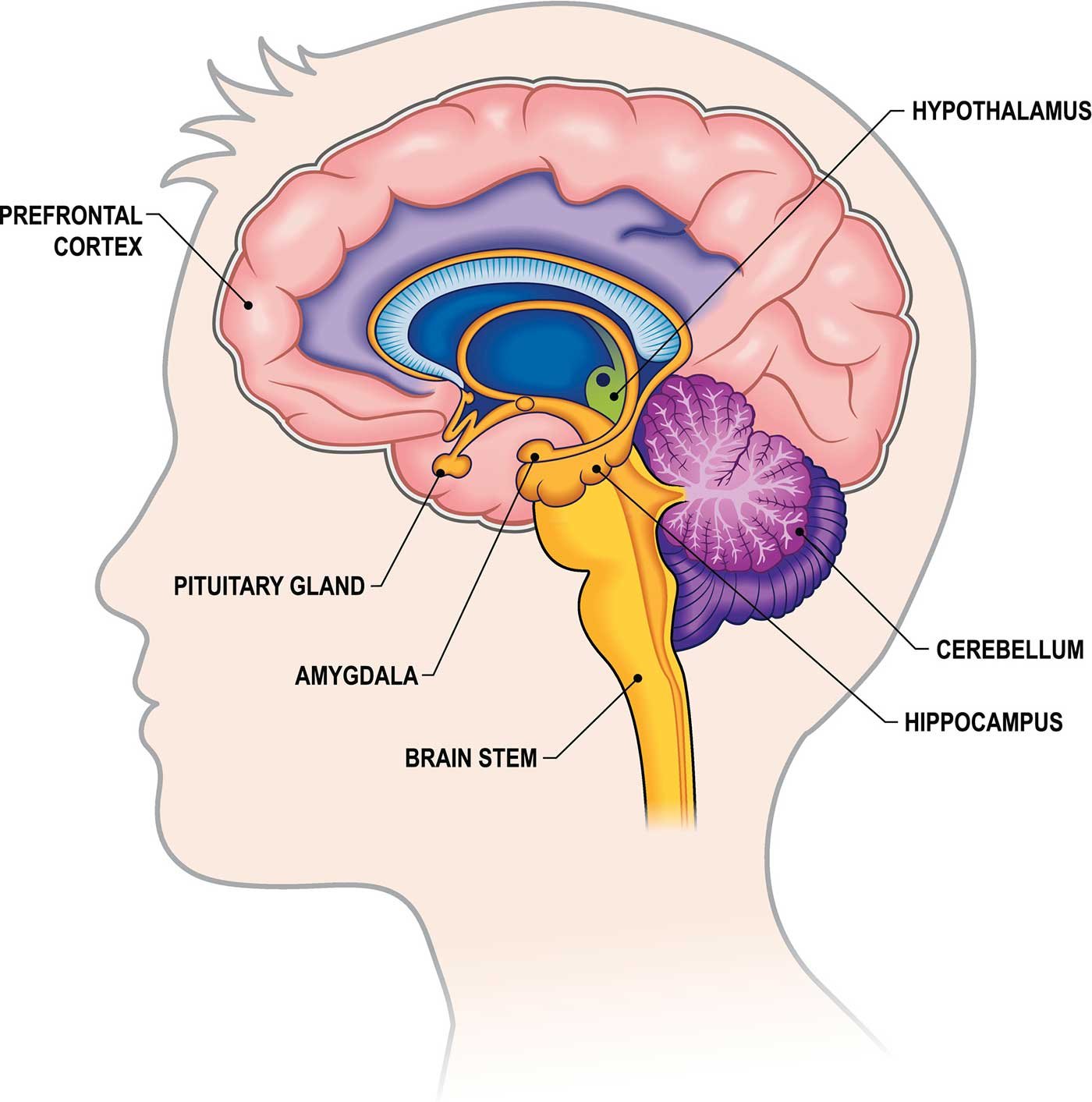This post was originally written for Anise Health. Original blog can be viewed here.
Language is a funny thing. Supposedly, words give us an objective shortcut to symbolize something. The definition of each word is meant to be clear and distinct, the better to help us all communicate. However, miscommunications happen all the time, so what gives?
The truth is that language is both slippery and constantly evolving. Especially when it comes to emotions, the abstract nature of feelings can create even more confusion. Throw in language gaps, like between a monolingual immigrant parent and their American-born child, and it’s a wonder we’re able to relate to each other at all.
As social creatures, humans learn by copying first and foremost. If your caregivers, for whatever reason, didn’t model how to talk about your feelings in any language, then chances are you may lack the words yourself. That’s not even getting to the fact that talking about our emotions can also feel horribly vulnerable! This is a very common experience that I see in my clients, especially those who are first-timers in therapy. If this describes you, know that you are not alone!
So how can you get better at talking about your feelings? Well first, you have to be able to recognize that you’re feeling something at all. I often encourage my clients to map their emotions to the associated physical sensations. As they become more mindful, their awareness of their body can clue them into their emotional state sooner. Oh my jaw is clenched, I wonder if I’m feeling stressed about something!
There are a lot of tools out there that can help with finding the words themselves. Using an emotion wheel like the one below can help you expand your vocabulary. Start with the general emotion that you’re feeling at the center of the circle, and then work your way outwards to get more nuanced. Over time, as you get more familiar with your own emotions, you’ll become more attuned to the subtleties as well. It’s perfectly normal to feel many different emotions (even opposite ones) at once.
Talking about our feelings as a way to process them is a very American idea. In the therapy world, there is a common saying, “Name it to tame it!” to demonstrate how being able to identify what we’re feeling can help us deal with the emotion itself. Meanwhile, in Mandarin, we might have a thousand and one words to describe the texture of our beloved foods, but saying “I love you” is reserved for the most dramatic moments on TV.
So if you’re working on being able to express your feelings better, know that there are plenty of valid reasons why it’s tough. And also remember, practice makes progress!
Anise Health is the first culturally-responsive digital mental health platform offering therapy, coaching, and digital self-service tools that are tailored for the unique needs of communities of color. Anise interventions move away from diagnosis-driven, Eurocentric models and towards incorporating culture and intersectionality into evidence-based treatments, which research shows to be 5x more effective.
Anise is available in California and we are currently accepting Asian-identifying adults (ages 18+) and partners/family members as new clients (more launches coming soon). If you’re ready to see how Anise can support you, fill out the brief Client Intake Form. You’ll be matched to culturally-responsive clinicians within 2 business days, and you will get a free 15 minute trial consultation to ask questions and see if it would be a good fit. Take action today to start taking care of you!

